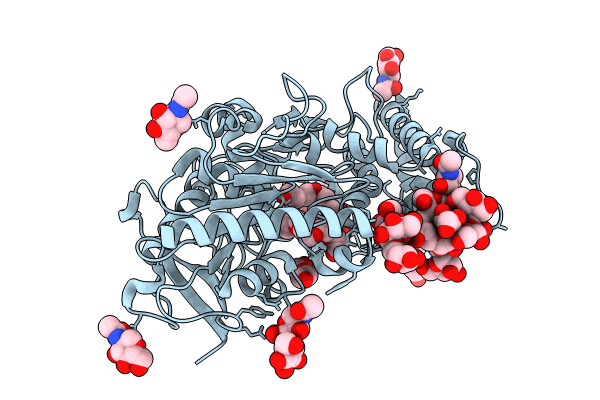
Deposition Date
2022-09-22
Release Date
2023-12-20
Last Version Date
2024-11-13
Entry Detail
PDB ID:
8B57
Keywords:
Title:
Structure of prolyl endoprotease from Aspergillus niger CBS 109712
Biological Source:
Source Organism:
Aspergillus niger (Taxon ID: 5061)
Host Organism:
Method Details:
Experimental Method:
Resolution:
2.42 Å
R-Value Free:
0.20
R-Value Work:
0.16
R-Value Observed:
0.17
Space Group:
I 2 3


